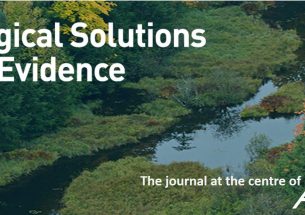News and Opinion
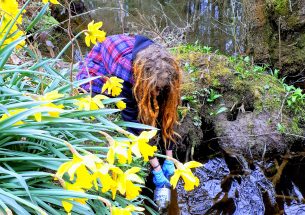
Fishing for Mammals: How DNA from rivers could revolutionise mammal detection on land
READ MORE about Fishing for Mammals: How DNA from rivers could revolutionise mammal detection on land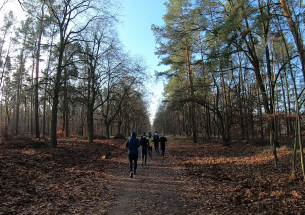
Why a focus on constant change is more important than a focus on stability
READ MORE about Why a focus on constant change is more important than a focus on stability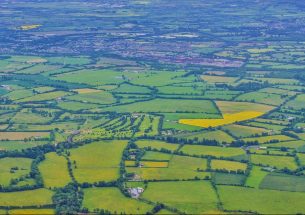
Smaller fields and diversified crops can help spontaneous plants to make a comeback, even in the middle of fields
READ MORE about Smaller fields and diversified crops can help spontaneous plants to make a comeback, even in the middle of fields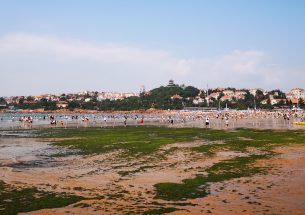
Human activities and underlying mechanism of green tide formation
READ MORE about Human activities and underlying mechanism of green tide formation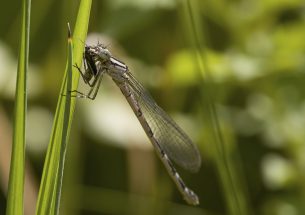
Dragonflies are efficient predators that consume hundreds of thousands of insects, locally
READ MORE about Dragonflies are efficient predators that consume hundreds of thousands of insects, locally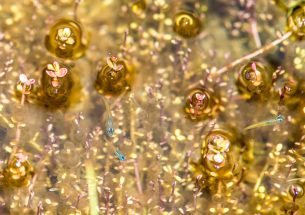
Conservation translocation: trade-offs for species survival and biodiversity
READ MORE about Conservation translocation: trade-offs for species survival and biodiversity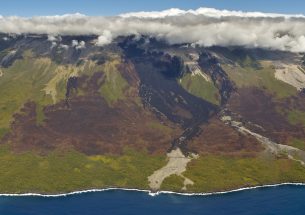
Lava flows tell 600-year story of biodiversity loss on tropical island
READ MORE about Lava flows tell 600-year story of biodiversity loss on tropical island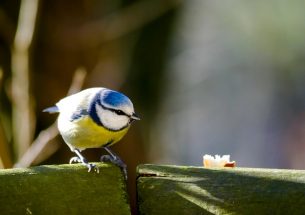
Watching TV helps birds make better food choices
READ MORE about Watching TV helps birds make better food choices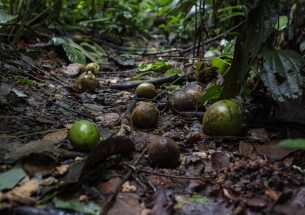
Amazon forest disturbance is changing how plants are dispersed
READ MORE about Amazon forest disturbance is changing how plants are dispersed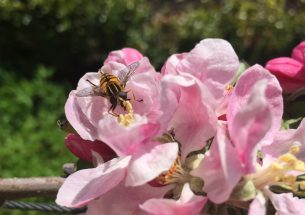
Call for policy makers to protect pollinators
READ MORE about Call for policy makers to protect pollinators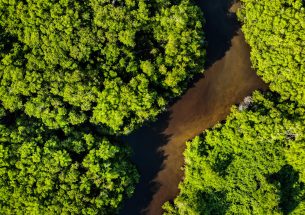
New software program could boost protections for animals on the move on land and at sea
READ MORE about New software program could boost protections for animals on the move on land and at sea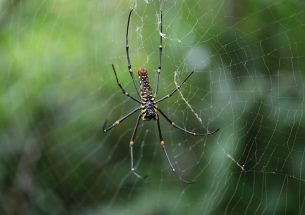
Orb-weaver spiders’ yellow and black pattern helps them lure prey
READ MORE about Orb-weaver spiders’ yellow and black pattern helps them lure preyNew study: are teen seabirds safe?
READ MORE about New study: are teen seabirds safe?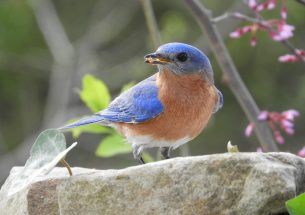
Feeding bluebirds helps fend off parasites
READ MORE about Feeding bluebirds helps fend off parasites